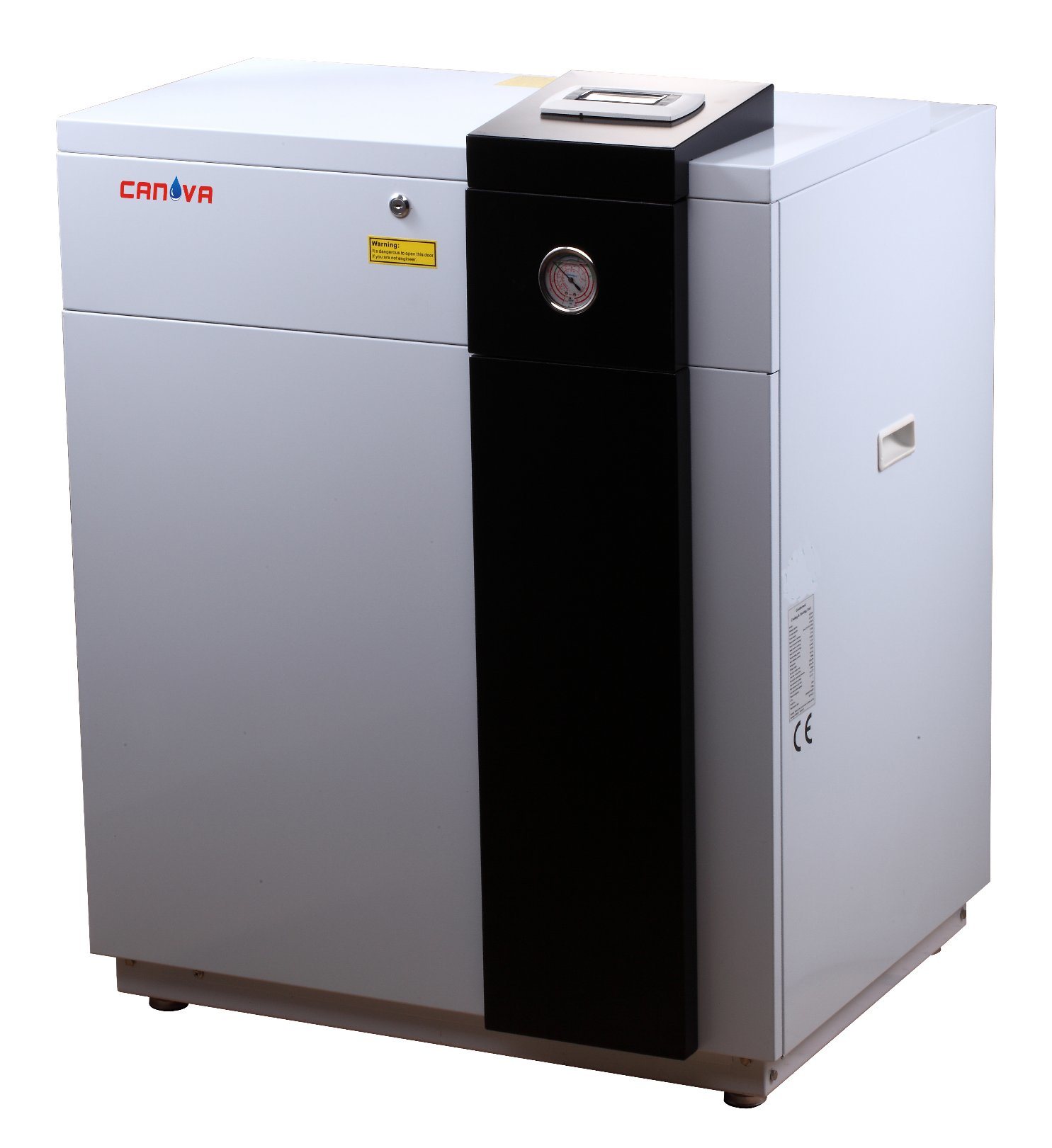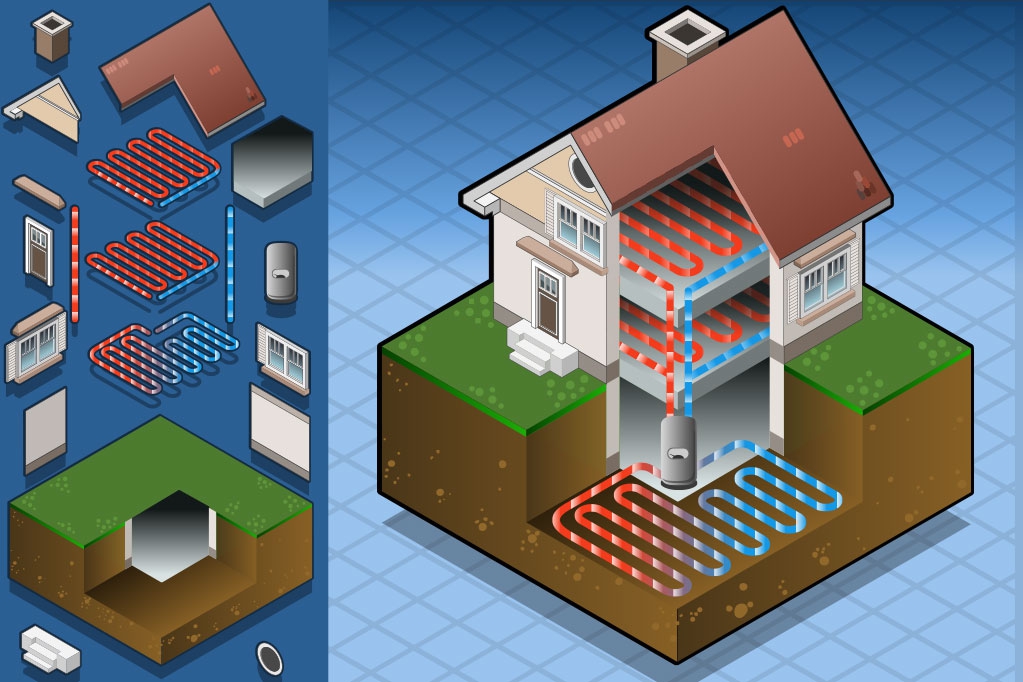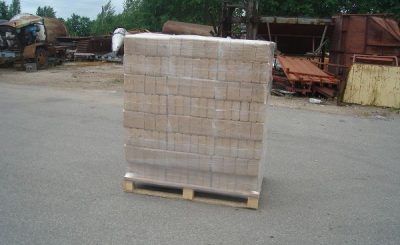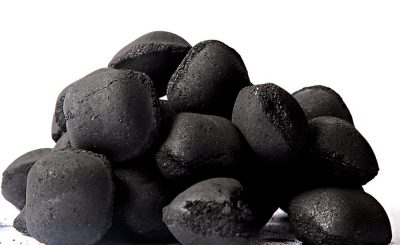There are several ways heat pumps operate, but the most common is that they use a refrigerant to transfer heat from one place to another.
This process can occur on a smaller scale like with air conditioners or even larger ones for homes or offices. The reason why this is done is because it allows us to cool or heat an area without using electricity which would be more costly.
Consider a soojuspumba hind (heat pump price) system if you’re looking into ways to heat and cool your house or cut down on your energy costs. In Canada, heat pumps are a tried-and-true technology that can control your home’s temperature throughout the year by providing heat in the winter, cooling in the summer, and in some cases, heating hot water.
The refrigerants used to make these systems work are called hydrofluorocarbons (HFCs). They have very low carbon dioxide emissions when compared to older refrigerants like CFCs. These new technologies allow us to reduce our reliance on fossil fuels. This is something that is becoming more important as we continue to rely on non-renewable resources.
What Is A Heat Pump?
A heat pump is a type of device that uses a compressor to move heat between two different locations. When it operates, it uses electricity to compress a fluid.
This compressed fluid then travels through pipes to other parts of the house where it will heat up or cool down depending on how you set it up. Some heat pumps even include a fan that pushes hot gasses into your home while others only push cool gasses into your home.

This system works by transferring heat energy instead of moving fluids around. It is also able to move large amounts of heat at once. This means that it can help you save a lot of money on your heating costs.
When you compare the cost of electric versus natural gas heat, electric wins every time. However, there are some situations where natural gas makes sense if you’re looking for a quick solution.
For example, if you have a small space that has already been wired for electricity, installing a heat pump could be a smart choice because it only needs to run during winter months. In addition, it will not need any additional wiring because there is no need to install extra circuits.
However, if you want to install a heat pump in your basement, you need to know what kind of plumbing you have installed. If you don’t have a drain line, you cannot install a heat pump because it requires water to operate properly.
If you’re looking to replace your old furnace, you should consider installing a heat pump instead. You will get better results than you would with a standard furnace.
In fact, many people who were previously using their furnace all year round now turn to heat pumps so that they can save both money and energy.
If you’re interested in replacing your current furnace or you just want to learn more about heat pumps, keep reading below!
How Does A Heat Pump Work?
A heat pump is a type of appliance that utilizes a series of tubes to move heat from one location to another. There are three main components that make up a heat pump. This includes the evaporator coil unit, condenser coil unit, and compressor.
The evaporator coil unit is located in the outdoor portion of the house. It is responsible for cooling the air that enters the building. The condenser coil unit is located inside the building. It is where the heat is removed from the air and transferred back to the surrounding environment.
The compressor is located near the condenser coil unit. It is responsible for creating pressure inside the coils. This increases the speed of the refrigeration cycle.
Once the heat is moved outside the building, it cools the air inside your home. Once the air is cooled, it absorbs more heat than it did before. This process continues until the temperature inside your home reaches the desired amount.
There are some types of heat pumps that don’t require an external source of power. Instead, they use electrical currents to create the necessary pressure needed for the refrigeration cycle.
Other types of heat pumps are powered by solar panels or wind turbines. Both of these options provide clean, renewable energy that reduces the impact of pollution on the planet.
Types Of Heat Pumps
Different heat pump designs use different methods to remove heat. Some use fans to blow air across the coils while others use direct contact.
These two methods are the most common. The direct contact method involves placing the coils directly outside the building. The fan method places the coils inside the building and uses a fan to blow warm air over them.
There are also hybrid heat pumps that combine both methods together. They use direct contact in the winter and indirect contact in the summer.
Another option is a ground loop heat pump. This is a special model that relies on the earth’s thermal mass to absorb heat. Ground loops can be extremely effective in areas with cold weather.

Why Would I Need To Use A Heat Pump?
It isn’t always practical to switch to a new heater or furnace after your existing one breaks down. Sometimes, it becomes cheaper and easier to simply change out the existing one for a newer one.
This is especially true if you have a large family or if you live in a rural area with limited access to services. Replacing the heating system in your home may offer you significant savings.
When you look at all of the benefits that a heat pump offers, it might seem like the obvious choice. But, there are still some people who choose to go with a traditional furnace instead.
When they do this, it is usually due to a lack of knowledge or experience. Fortunately, this situation is changing. More and more homeowners are realizing how much money they can save with a heat pump instead of a traditional furnace.
As more people become aware of the value of a heat pump, the prices will drop significantly. Eventually, owning one may become a viable option for those living in cold climates.
If you are considering getting a heat pump, check out these heat pump reviews to find out which one is best for you.







